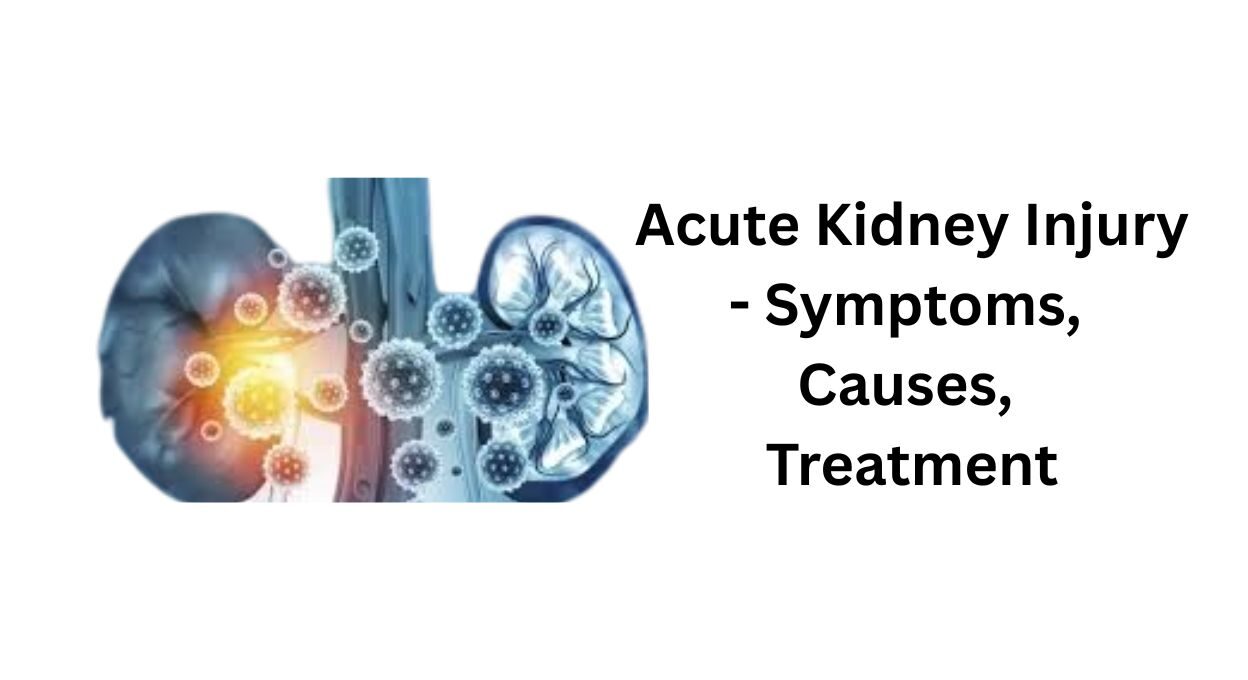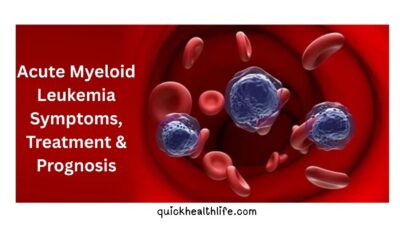Acute Kidney Injury (AKI), formerly referred to as acute renal failure, is a sudden episode of kidney dysfunction where the organs fail to filter blood effectively. This condition results in the accumulation of waste products, fluid imbalance, and disturbances in electrolytes. Although AKI can develop within hours or days, its consequences may be severe if not promptly recognized and treated.
Table of Contents
Acute Kidney Injury Symptoms
The clinical manifestations of AKI often vary, depending on the severity and underlying cause. Recognizing acute kidney injury – symptoms early can dramatically improve patient outcomes.
Common Symptoms of Acute Kidney Injury:
- Reduced urine output (oliguria) or complete lack of urine (anuria).
- Swelling in the legs, ankles, or around the eyes due to fluid retention.
- Shortness of breath caused by fluid buildup in the lungs.
- Confusion or lethargy resulting from toxin accumulation.
- Nausea and vomiting due to impaired metabolic balance.
- Chest pain or pressure if fluid collects around the heart.
- Irregular heartbeat caused by electrolyte imbalances like high potassium levels.
The symptoms are often non-specific and may resemble other illnesses, which is why careful assessment and AKI diagnosis are crucial.
Acute Kidney Injury Causes
A key part of understanding this condition is knowing acute kidney injury causes. Kidneys are vulnerable to disruptions in blood supply, toxins, and blockages in the urinary tract.
Primary Categories of Causes:
- Prerenal Causes – Reduction in blood flow to the kidneys.
- Severe dehydration
- Low blood pressure (hypotension)
- Heart failure or shock
- Excessive blood loss
- Intrinsic Causes – Direct damage to kidney tissues.
- Acute tubular necrosis (often from prolonged ischemia or toxins)
- Glomerulonephritis (inflammation of filtering units)
- Nephrotoxic drugs (antibiotics, NSAIDs, chemotherapy)
- Postrenal Causes – Obstructions in the urinary system.
- Enlarged prostate
- Kidney stones
- Tumors compressing the urinary tract
Among these, What is the most common cause of acute kidney injury? The answer lies in prerenal causes, particularly hypoperfusion of the kidneys due to dehydration or low blood pressure. Early detection and correction of these factors can prevent permanent kidney damage.
Acute Kidney Injury Stages
The severity of AKI is categorized into different stages, guiding physicians in treatment planning. These acute kidney injury stages are typically based on urine output and serum creatinine levels.
- Stage 1
- Slight increase in serum creatinine
- Reduction in urine output to less than 0.5 ml/kg/hour for 6–12 hours
- Stage 2
- Moderate increase in creatinine levels
- Urine output falls below 0.5 ml/kg/hour for over 12 hours
- Stage 3
- Severe increase in creatinine (3x baseline or more)
- Urine output less than 0.3 ml/kg/hour for 24 hours or complete anuria for 12 hours
Patients in stage 3 often require dialysis support. These stages emphasize the urgency of early intervention to halt progression.
AKI Diagnosis
Accurate AKI diagnosis combines clinical evaluation, laboratory tests, and imaging techniques. The diagnostic process helps differentiate between prerenal, intrinsic, and postrenal causes.
Diagnostic Steps:
- Blood Tests: Elevated serum creatinine and blood urea nitrogen (BUN) indicate reduced kidney function.
- Urine Tests: Analysis of urine output, protein levels, and sediment provides insight into kidney damage.
- Imaging Studies: Ultrasound or CT scans identify structural obstructions like stones or tumors.
- Biopsy: In rare cases, a kidney biopsy may be necessary to confirm specific diseases.
In clinical documentation, physicians often use the acute kidney injury ICD-10 code (N17) for accurate classification and insurance purposes.
Acute Kidney Injury Treatment
Once AKI is diagnosed, prompt acute kidney injury treatment is essential. Treatment focuses on addressing the underlying cause, preventing complications, and supporting renal recovery.
Treatment Approaches:
- Stabilizing Circulation
- Restoring fluid balance with IV hydration
- Correcting low blood pressure
- Improving cardiac output
- Medication Adjustments
- Stopping nephrotoxic drugs
- Administering diuretics to manage fluid overload
- Controlling electrolytes, especially potassium
- Dialysis Support
- Required in severe cases where kidneys fail to remove toxins
- Temporary measure until renal function recovers
- Treating Underlying Disorders
- Managing infections with appropriate antibiotics
- Removing urinary tract obstructions surgically or through catheterization
The success of acute kidney injury treatment often depends on early detection and swift management of precipitating factors.
Acute Kidney Injury Recovery Time
One of the most common concerns patients and families have is regarding acute kidney injury recovery time. The duration varies significantly based on age, severity, and overall health.
- Mild cases: Recovery can occur within a few days with supportive treatment.
- Moderate to severe cases: Recovery may take weeks to months, sometimes requiring temporary dialysis.
- Chronic progression: In certain cases, AKI may lead to chronic kidney disease (CKD), prolonging recovery indefinitely.
A crucial question arises: Can acute kidney injury be reversed? The answer is yes—AKI is often reversible if treated promptly. However, delays in diagnosis or management can lead to permanent renal impairment.
Connection Between AKI and Chronic Kidney Disease
While AKI is sudden and potentially reversible, it can progress to chronic conditions if severe. For instance, patients frequently ask, What is stage 4 kidney disease? Stage 4 CKD is a severe chronic condition where kidney function declines to 15–29% of normal capacity. Unlike AKI, stage 4 CKD is generally irreversible and requires long-term management, often leading to dialysis or kidney transplantation.
This connection highlights why recognizing and treating AKI early is vital to prevent the transition into chronic stages.
Preventive Measures
Prevention of AKI relies on lifestyle management, timely medical intervention, and awareness.
Prevention Strategies:
- Stay Hydrated: Adequate fluid intake prevents prerenal causes like dehydration.
- Avoid Excessive Medication: Overuse of painkillers or unnecessary antibiotics can harm kidneys.
- Control Chronic Conditions: Diabetes and hypertension must be managed vigilantly.
- Monitor Kidney Function: High-risk individuals should undergo routine kidney function tests.
- Prompt Medical Attention: Early treatment of infections and obstructions reduces risk.
Conclusion
Acute Kidney Injury remains a medical emergency that demands immediate recognition and treatment. By understanding acute kidney injury – symptoms, knowing acute kidney injury causes, and recognizing different acute kidney injury stages, individuals and caregivers can play a crucial role in timely intervention. Medical professionals rely on precise AKI diagnosis, classification with acute kidney injury ICD-10, and evidence-based therapies to manage this condition effectively.



